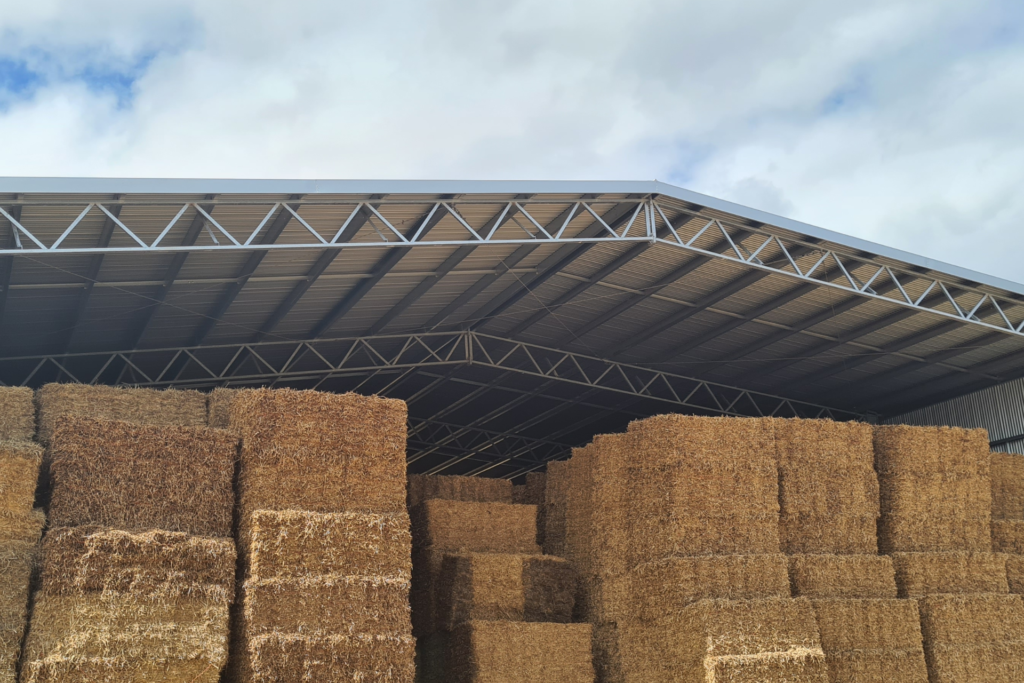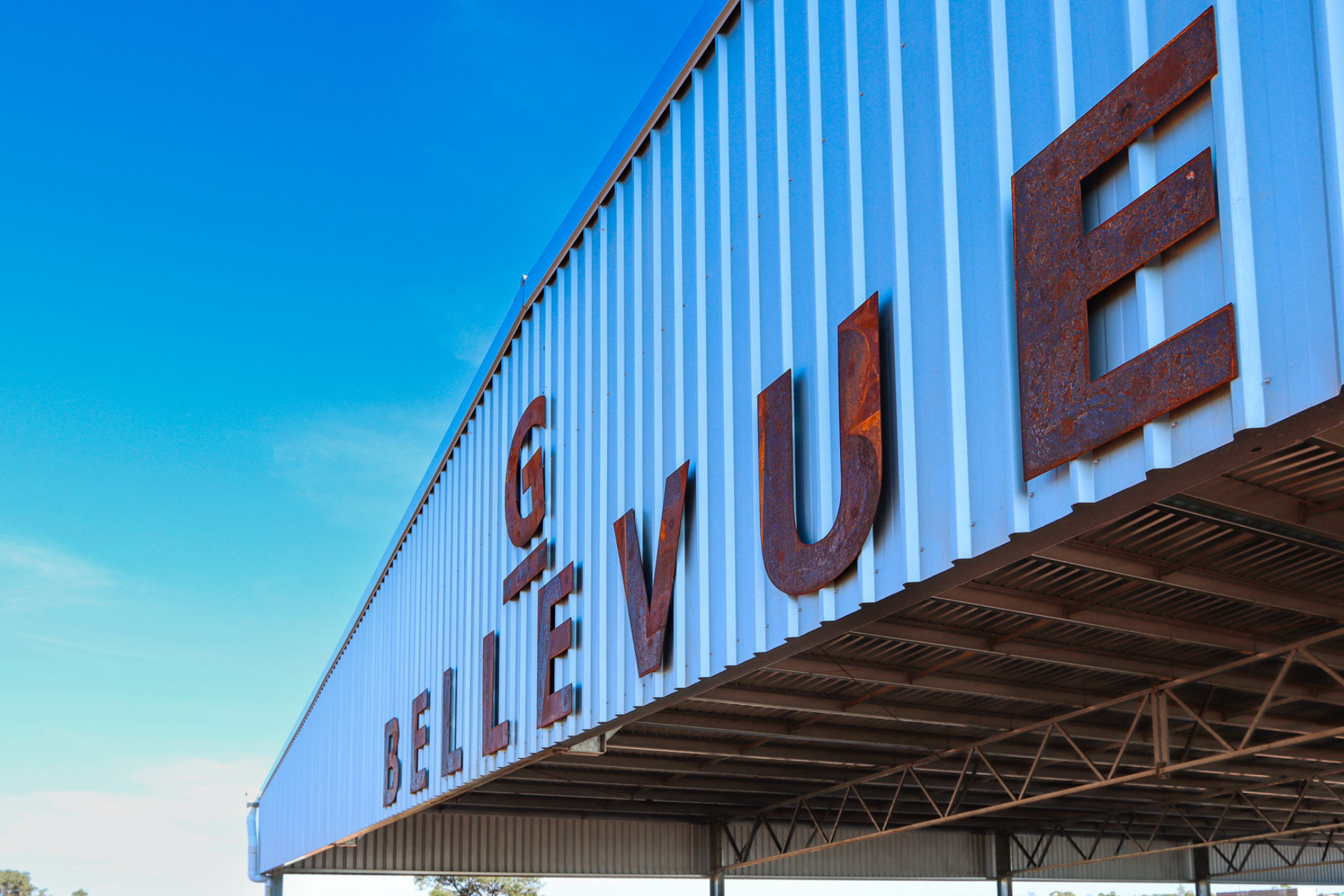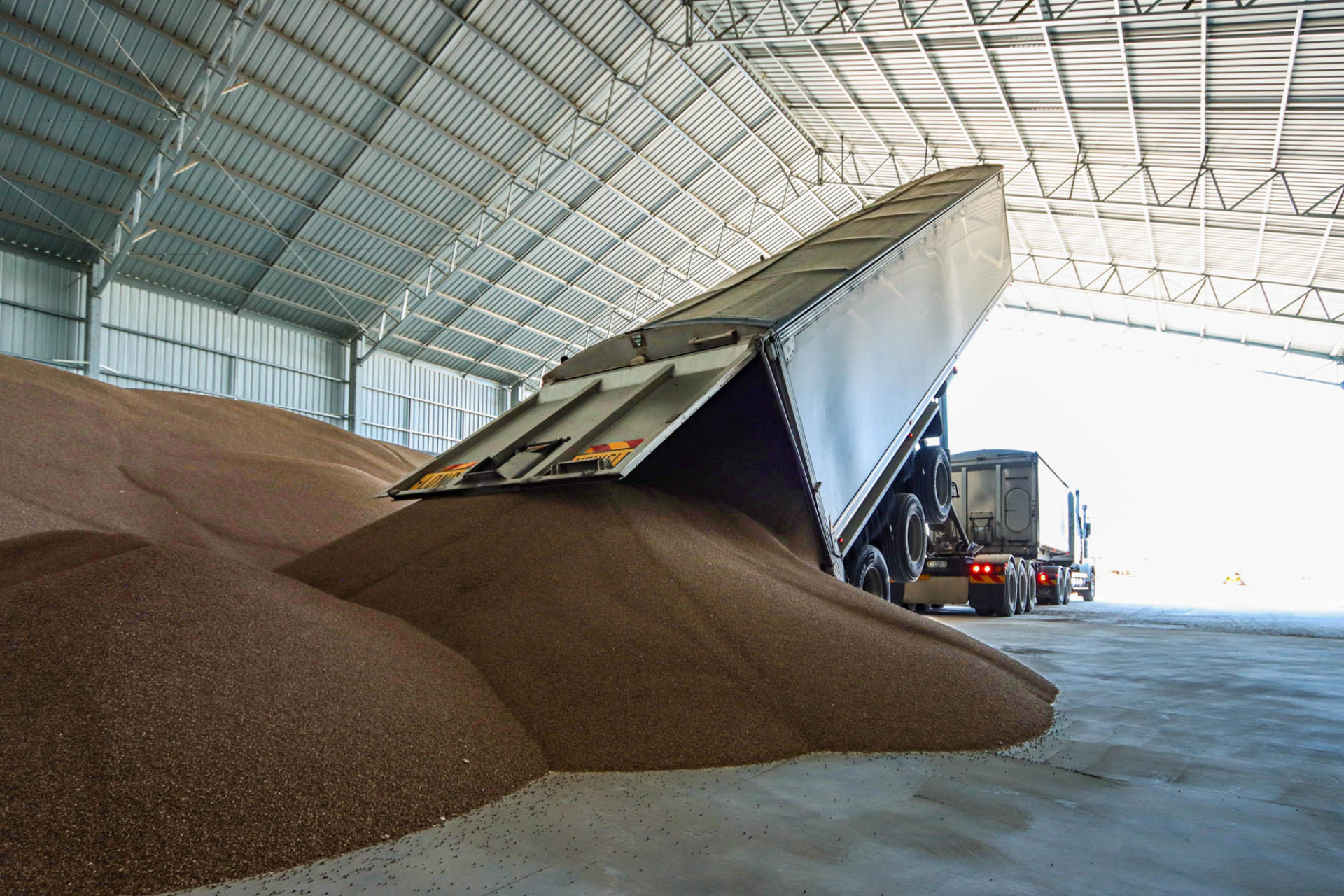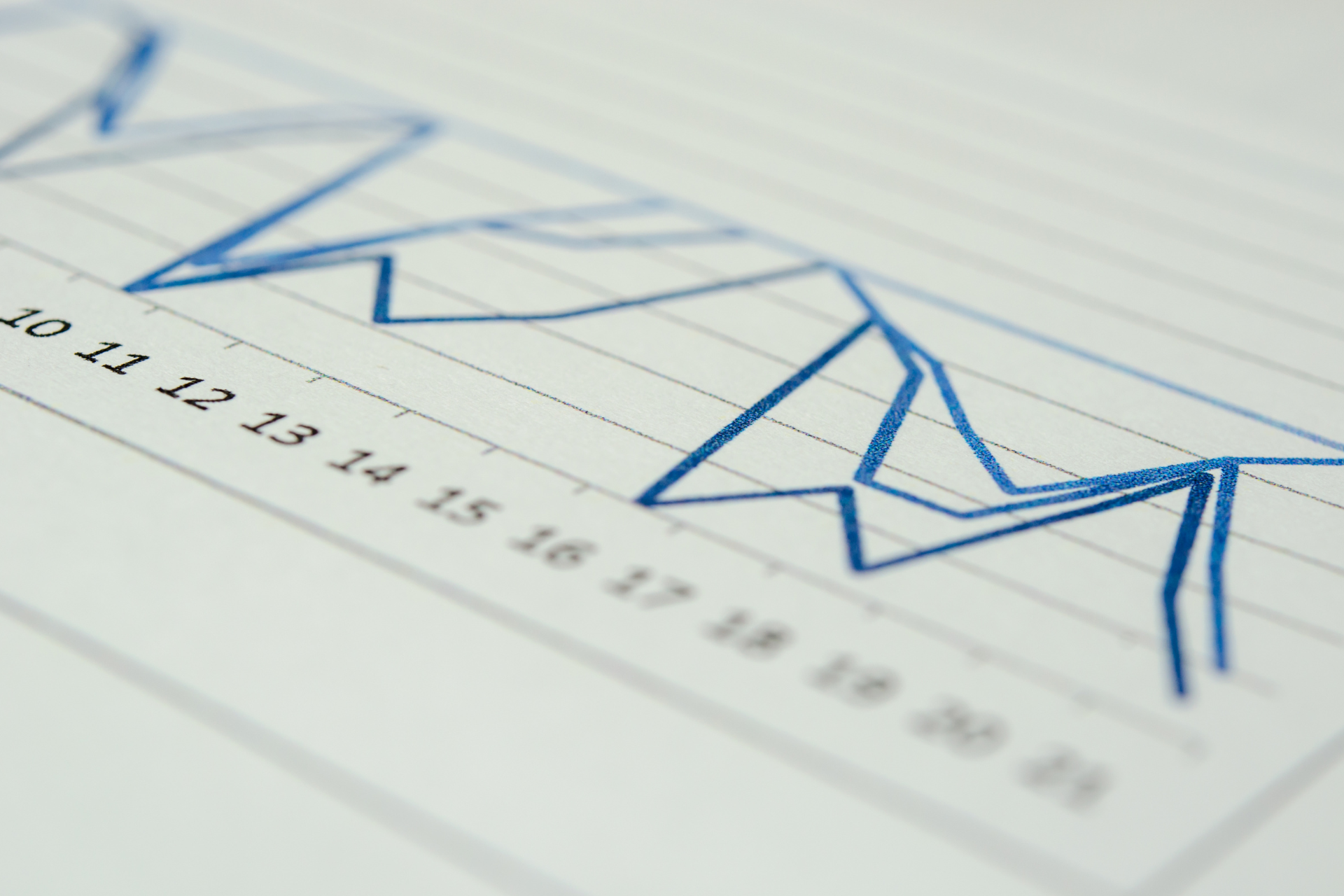If you are building a new farm shed, whether it is a hay shed, grain shed or feedlot cover, you might be wondering what the best roof pitch for farm sheds is.
What should the pitch be on a shed roof? Is there a standard shed roof pitch? What is the best roof pitch for farm sheds?
These are all common questions, and it is important to choose the best roof pitch for your farm shed.
The roof pitch, which is the angle between the shed ridge (also known as the apex) and the shed gutter, can influence the airflow through the shed and the water run-off from the roof. The roof pitch you choose for your shed will also impact the price of your shed.
So, which roof pitch is best?
Read on to learn about our standard shed roof pitch and the best roof pitch for different shed types.
What Is The Best Roof Pitch For Farm Sheds?
The best roof pitch for farm sheds can depend on what the shed will be used for.
For grain sheds, we usually recommend a roof pitch of around 18-25 degrees to accommodate the internal angle of repose of the grain stack. This ensures that there is sufficient height clearance in the centre of the shed for the grain.
This angle can be increased though, especially for commodities that sit steeper, for example, cotton seed has an angle of repose of up to 45 degrees.
The roof pitch is also an important consideration for feedlot covers. A roof pitch of 18 degrees is generally recommended for feedlot covers as this helps with ventilation and facilitates good airflow and air movement through the cover.
For most other farm sheds such as hay sheds, machinery sheds, shearing sheds, yard covers and dairies, a roof pitch of 7.5 degrees typically works best.

Is There A Standard Shed Roof Pitch?
All our farm shed designs have a standard roof pitch of 7.5 degrees unless our customer requests an alternative roof pitch.
One of the advantages of a 7.5-degree roof pitch is the effective water run-off. Depending on the cladding profile, the flattest a roof pitch can be to run water effectively is between 3 and 5 degrees. This means that a 7.5-degree roof pitch will ensure that there are no issues with water run-off.
A roof pitch steeper than 7.5 degrees will generally also cost extra because there is additional material length required and because our standard jigs will need to be altered to manufacture the trusses.
While our standard 7.5 degrees roof pitch works for the majority of farm shed builds, in the case of sheds like grain storage or commodity storage sheds and feedlot covers, it is important to choose the roof pitch that works best for your shed type, rather than opting for a standard pitch.
So, that is a summary of what is the best roof pitch for farm sheds! We hope it helped answer your questions about your shed roof pitch.
We’ve also collated some resources and articles that you might find relevant to your shed project such as our grain storage calculator.
Storage Calculators
Use the calculators below to calculate grain shed capacity, hay shed capacity and how much rainwater run-off you could collect from your shed roof.
Grain Calculator
To help you determine the best shed size for storing grain, use this calculator.
Put in your shed size and grain type in the left side fields and the storage volume and total tonnage will be displayed on the right.
Hay Calculator
To help you determine the best shed size for storing hay, use this calculator.
Choose your bale type, and a few shed dimensions and the total number of bales stored will be shown in the last field.
Rainwater Harvest Calculator
To help you determine the volume of rainwater you could potentially collect from a shed roof, use this calculator.
Useful Articles
- How Much Does It Cost To Build A Grain Shed?
- What Size Grain Shed Do I Need?
- What Is The Best Way To Store Fertiliser?
For more farm shed articles like this one, browse our Learning Hub which also includes videos, brochures, FAQ and featured projects. Or if you have any other questions about roof pitch or shed design, give us a call!







